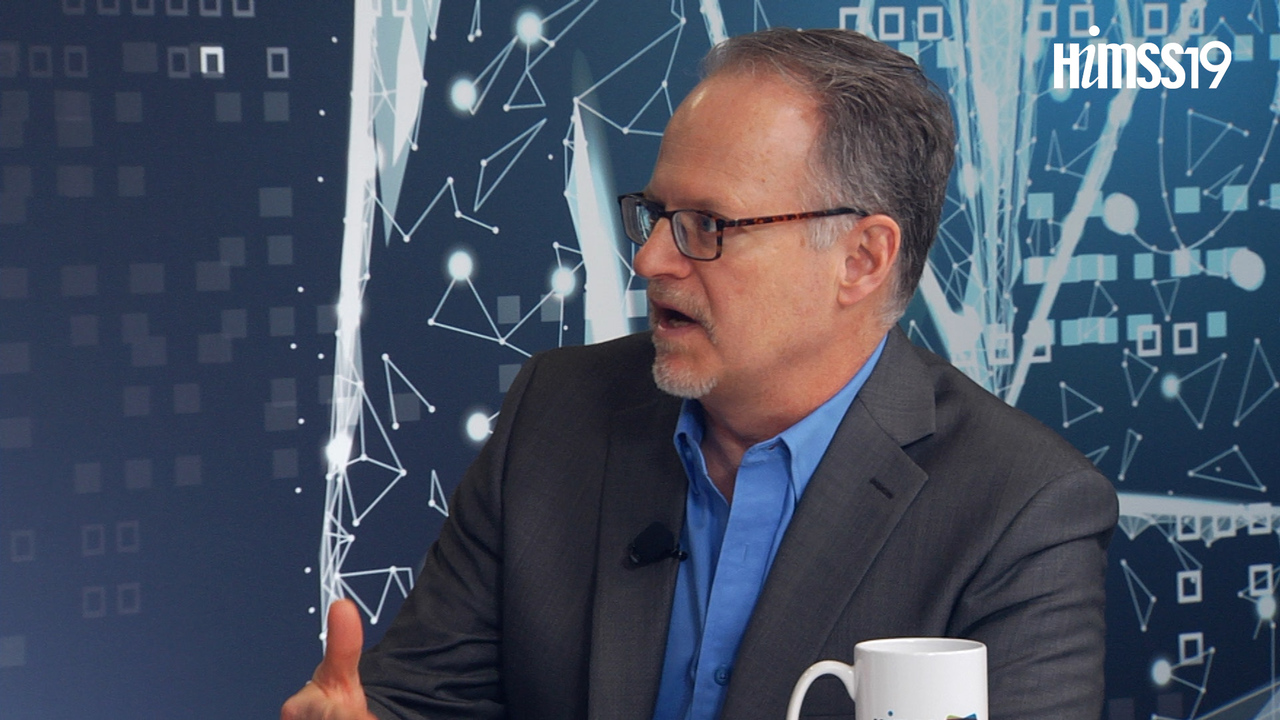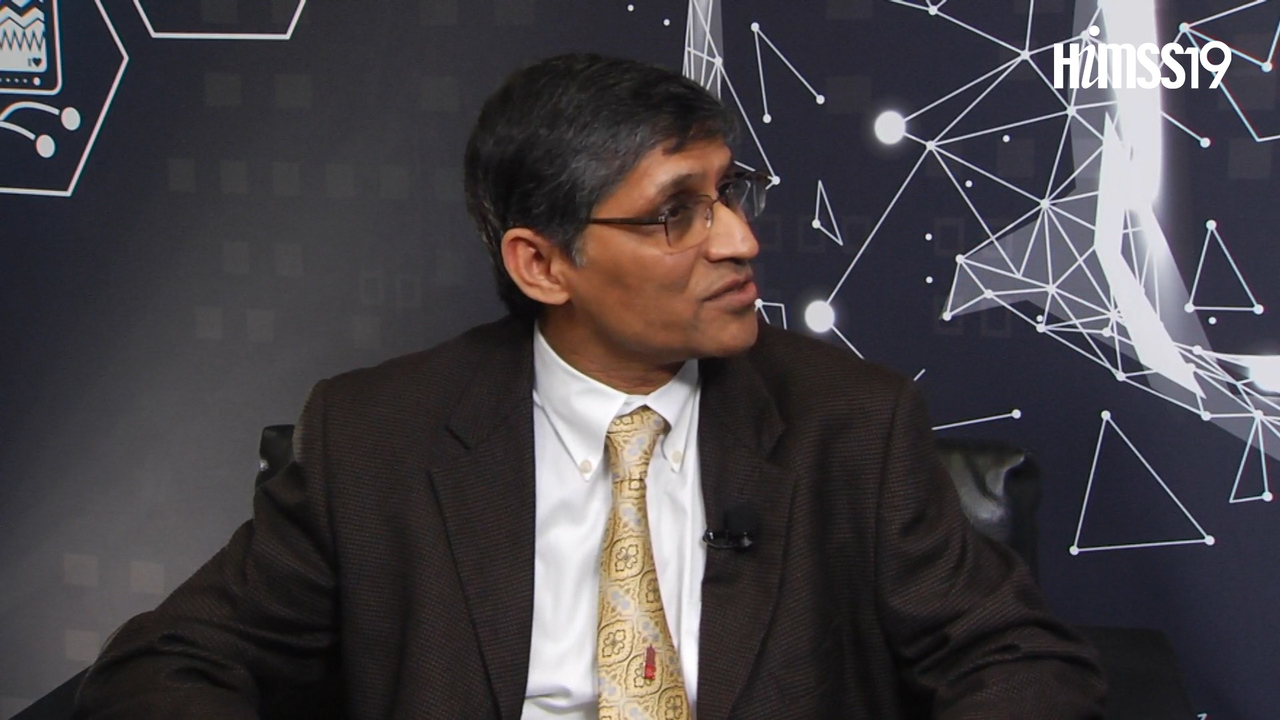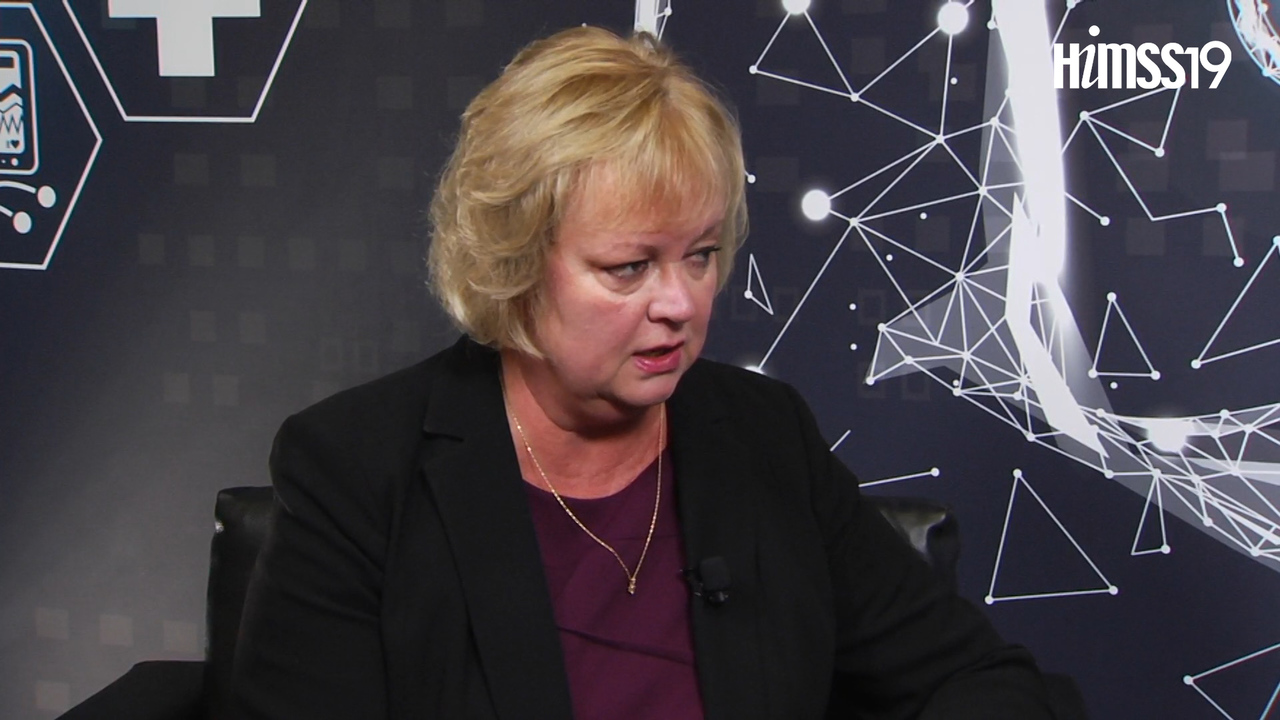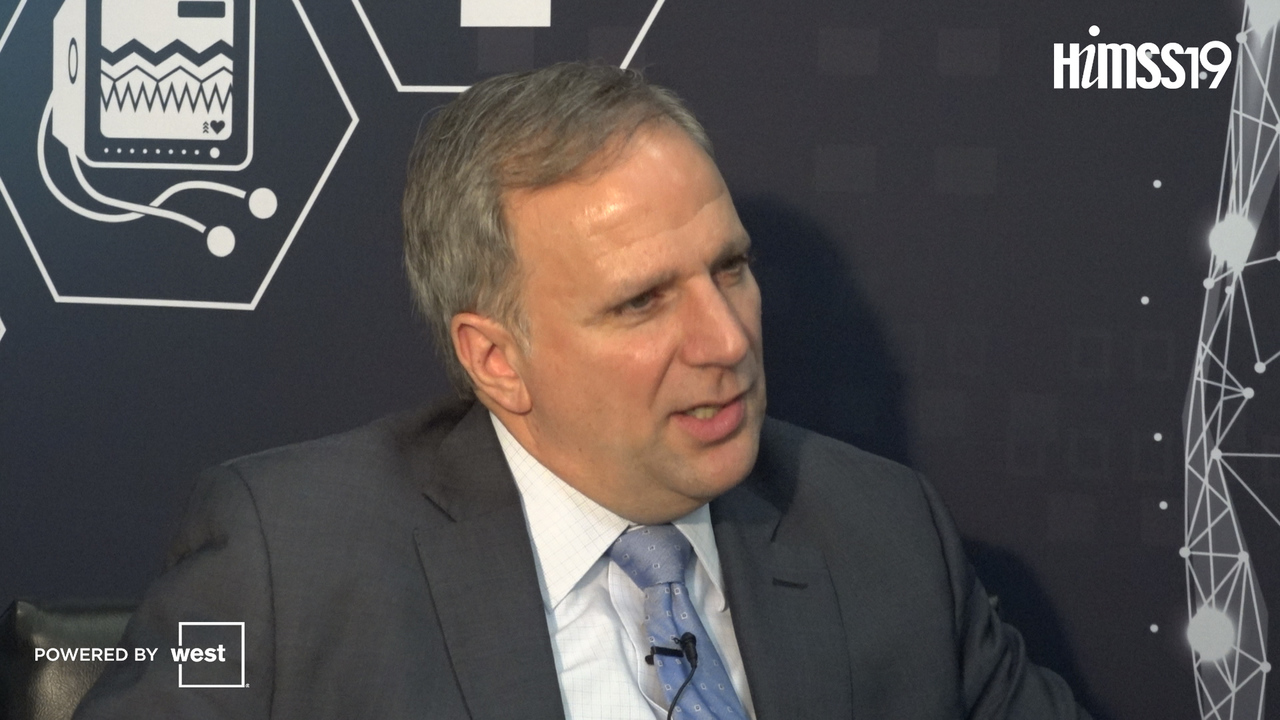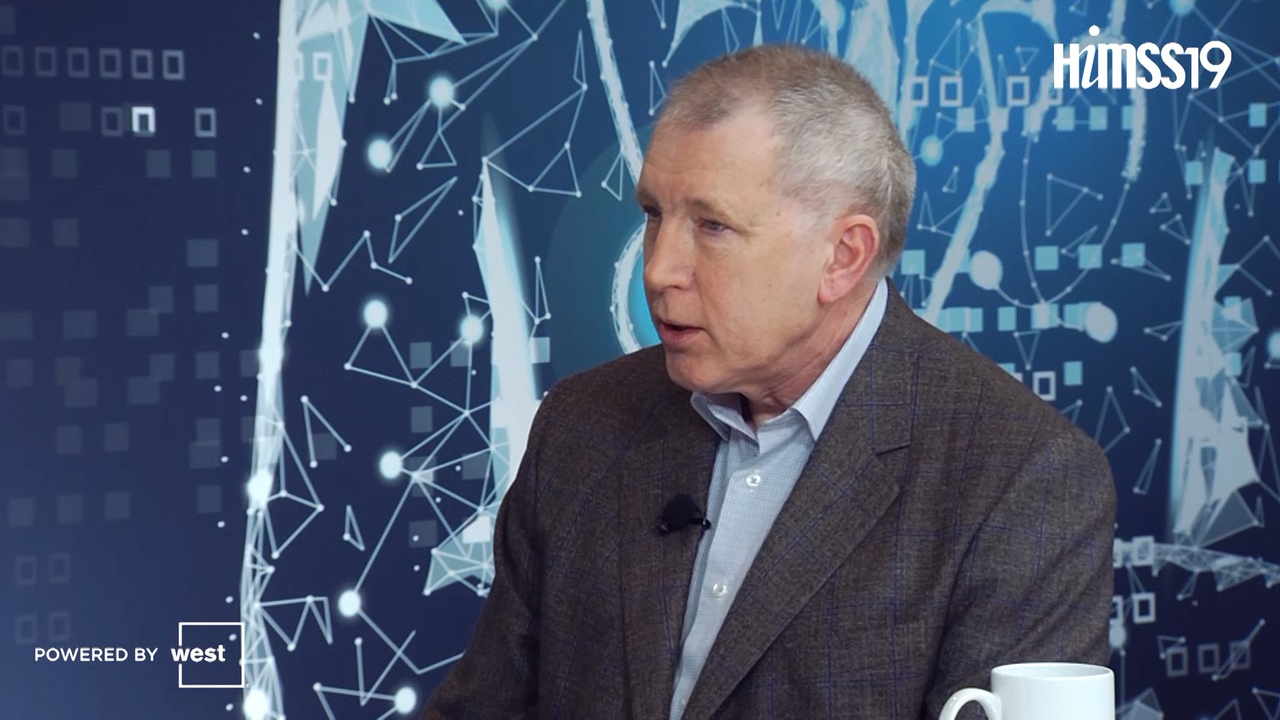HIMSS19
State and regional HIEs have the deep experience necessary to improve interoperability – which is about more than just moving patient data from one point to another, says John Kansky, president and CEO of the Indiana Health Information Exchange.
Phoenix Children's Hospital is deploying analytics for its chronic disease management program, longitudinally tracking patients with an actionable dashboard, says Chief Medical Information Officer Vinay Vaidya.
To foster a culture where patient experience is valued and prioritized, hospitals and health systems must first improve the experience for caregivers, says Sue Murphy, chief experience officer at UChicago Medicine.
New Zealand has 4.5 million people, 20 autonomous government healthcare groups, different incentives and an "interesting way of procurement" that makes it difficult for vendors, says Taranaki District Health Board CIO Steven Parrish.
Intermountain is looking at data, prescribing habits and EHR defaults to help curtail the issue, says Dr. James Hellewell, medical director of Care Transformation Information Systems at the healthcare provider.
Jeff Coughlin, senior director of Federal and State Affairs at HIMSS, discusses information-blocking, interoperability, social determinants and recently proposed rules from CMS and ONC.
Patient-generated data from apps, devices and digital therapeutics will make personal health dashboards that manage wellness possible, says HIMSS Personal Connected Health Alliance Director of Thought Advisory John Sharp.
Standards
A quick look back at the competing specs for clinical coding and data exchange gives a glimpse of the some of the challenges still ongoing today.
The system worked with a patient design team and turned the metrics of success upside down, for starters.
The CEO of the Alliance for Better Health and former deputy national coordinator talks EHR and interoperability challenges, the need for ROI, physicians' changing roles and why "social determinants" might not be the right term.
